Are voluntary pension insurance premiums included in taxable income in Vietnam?
Are voluntary pension insurance premiums paid on the worker’s behalf included in taxable income in Vietnam?
Pursuant to the provisions in point d.2 article d clause 2 Article 2 of Circular 111/2013/TT-BTC, amended by clause 3 Article 11 of Circular 92/2015/TT-BTC as follows:
Taxable incomes
According to the provision in Article 3 of the Personal Income Tax Law and Article 3 of Decree 65/2013/ND-CP, taxable personal incomes include:
...
2. Income from wages and salaries
Income from wages and salaries is the income received by employees from employers, including:
...
d) Benefits in cash or in-kind, other than wages and salaries, paid by employers, which taxpayers receive in any form:
...
d.2) The amount paid by employers to purchase life insurance, other non-compulsory insurance with accumulated premiums; purchasing voluntary retirement insurance or contributing to a Voluntary Retirement Fund paid on the worker’s behalf.
In cases where employers purchase non-compulsory insurance products not accumulating premiums paid on the worker’s behalf (even in cases where purchasing insurance from insurers not established and operating under Vietnamese law but permitted to provide insurance in Vietnam), the premium for purchasing such insurance products is not included in employees' taxable personal income. Non-compulsory insurance without premium accumulation includes insurance products such as: health insurance, term insurance (excluding term insurance with premium refund),... where the insured does not receive accumulated premiums from participating in the insurance, apart from the insurance payment or compensation as agreed in the insurance contract provided by the insurer.
...."
Thus, the amount used to purchase voluntary retirement insurance paid by the employer will be considered as part of the employee's taxable PIT income.
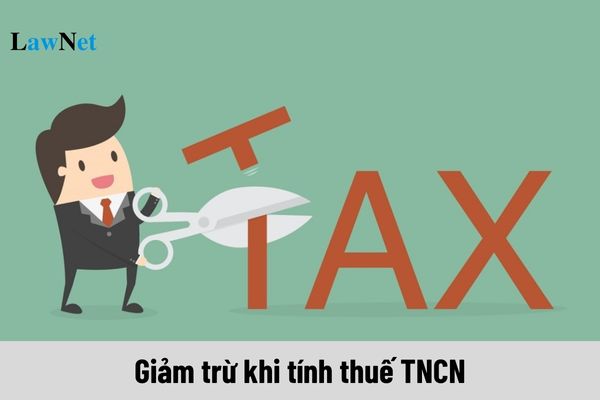
Are voluntary pension insurance premiums paid on the worker’s behalf included in taxable income in Vietnam?
Is voluntary pension insurance premium deductible when calculating PIT in Vietnam?
Pursuant to the provisions in point b clause 2 Article 9 of Circular 111/2013/TT-BTC, amended by Article 15 of Circular 92/2015/TT-BTC (The provisions concerning personal income tax for business individuals in this Article are abolished by clause 6 Article 25 of Circular 92/2015/TT-BTC) as follows:
Deductions
Deductions as guided in this Article are amounts subtracted from the individual's taxable income before determining taxable income from wages, salaries, and business. To be specific:
...
2. Deductions for insurance payments, Voluntary Retirement Fund
a) Insurance payments include: social insurance, health insurance, unemployment insurance, professional liability insurance for certain professions required by law.
b) Contributions to Voluntary Retirement Fund, purchase of voluntary retirement insurance
The amount contributed to the Voluntary Retirement Fund, purchase of voluntary retirement insurance is deductible from taxable income based on actual occurrence but not exceeding 1 million VND/month per employee participating in voluntary retirement products as guided by the Ministry of Finance. This includes amounts contributed by the employer and the employee themselves (if any), including participation in multiple funds. The basis for determining deductible income is a photocopy of the payment receipt (or fee payment) issued by the Voluntary Retirement Fund or insurer.
..."
Thus, the amount used to purchase voluntary retirement insurance paid on the worker’s behalf will be deductible from taxable PIT, but not exceeding 1 million VND/person/month.
When shall PIT be reduced in Vietnam?
Pursuant to the provisions in Article 4 of Circular 111/2013/TT-BTC, if taxpayers face difficulties due to natural disasters, fires, accidents, or serious illnesses affecting their tax payment ability, they can consider a tax reduction corresponding to the level of damage but not exceeding the payable tax amount.
To be specific: determine the reduced tax amount as follows:
- Tax reduction consideration is conducted annually. Taxpayers facing difficulties due to natural disasters, fires, accidents, or serious illnesses during a tax year can be considered for a reduction in that tax year’s payable tax.
- The basis for tax reduction is the total personal income tax payable by the taxpayer within the tax year, including:
+ Personal income tax paid or withheld on income from capital investment, income from capital transfer, income from real estate transfer, income from winnings, royalties, franchising, inheritance income, and gift income.
+ Personal income tax payable on income from business and income from wages and salaries.
- The basis for determining the level of damage eligible for tax reduction is the total actual cost to overcome the damage minus (-) the compensation received from insurance organizations (if any) or from organizations or individuals causing the damage (if any).
- The reduced tax is determined as follows:
+ If the payable tax in the tax year is greater than the level of damage, the reduction equals the level of damage.
+ If the payable tax in the tax year is less than the level of damage, the reduction equals the payable tax.



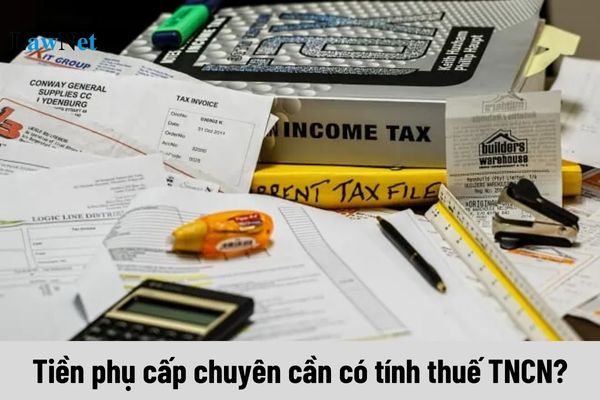
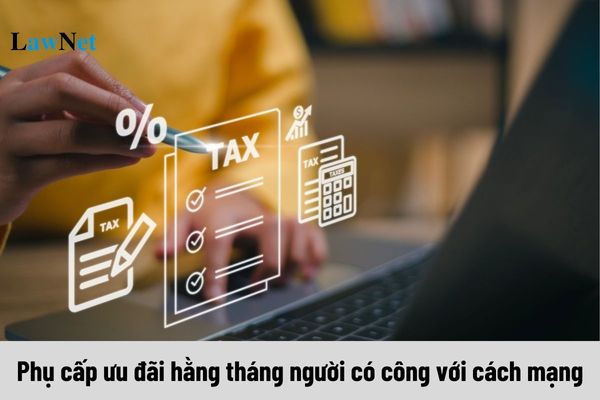
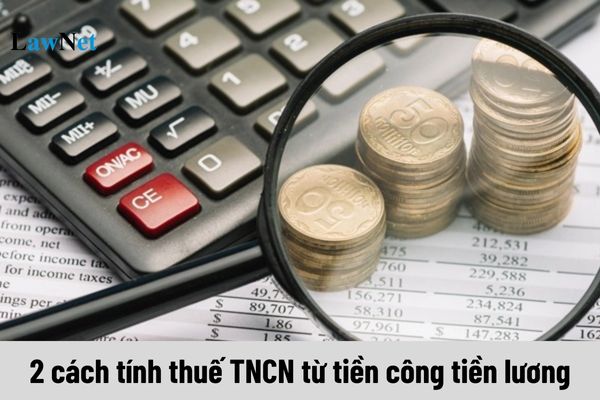
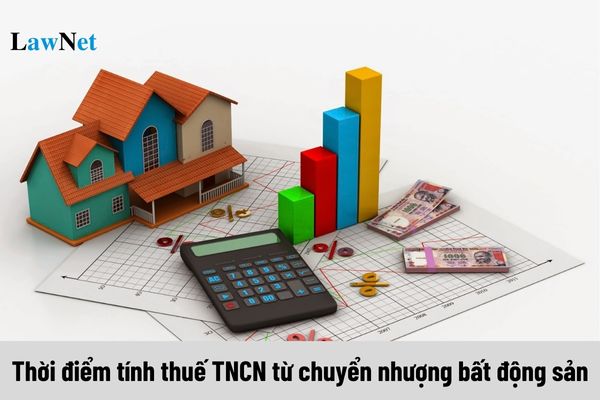
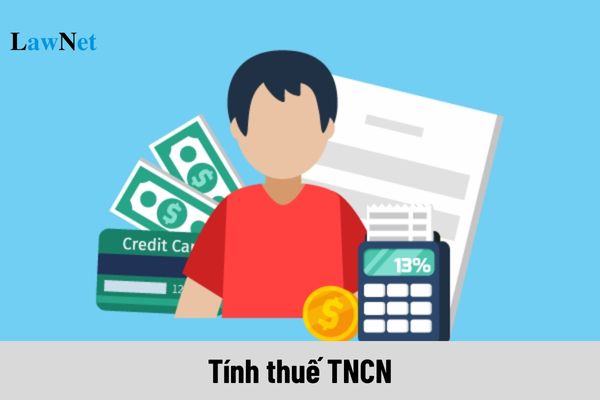
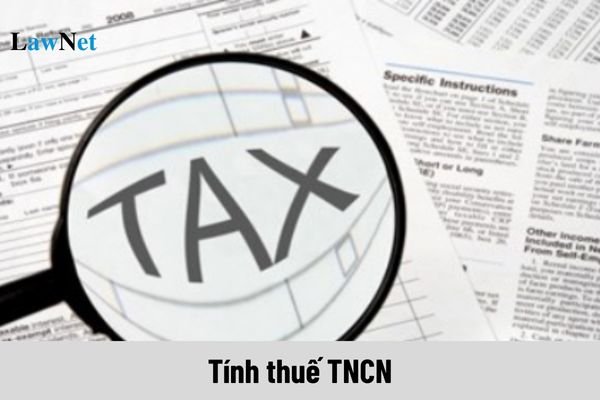
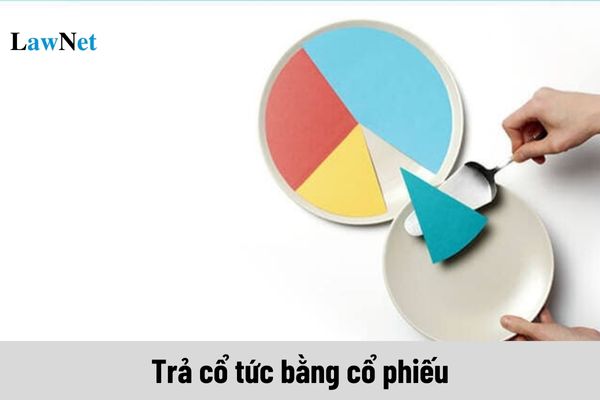
- How long is the duration of exemption from licensing fees for a new enterprise in Vietnam? What are cases of licensing fee exemption in Vietnam?
- What are cases where the input VAT must not be deducted in Vietnam? What are the conditions for VAT input deduction?
- What are cases where personal income late payment interest is charged in Vietnam?
- How long can a taxpayer delay submitting tax declaration dossiers before their information is published in Vietnam?
- What is the Form 01/CT-KTT for amendments to the information of tax accounting books in Vietnam?
- When is the deadline for submitting annual financial statements in Vietnam? How much is the penalty for late submission?
- Shall import-export duties be paid in foreign currency in Vietnam?
- What is the excise tax rate for beer in Vietnam in 2024?
- What is coefficient K for monitoring invoicing beyond a safety threshold in Vietnam? What is the formula for calculating coefficient K in Vietnam?
- What are cases where the input VAT must not be deducted in Vietnam?

